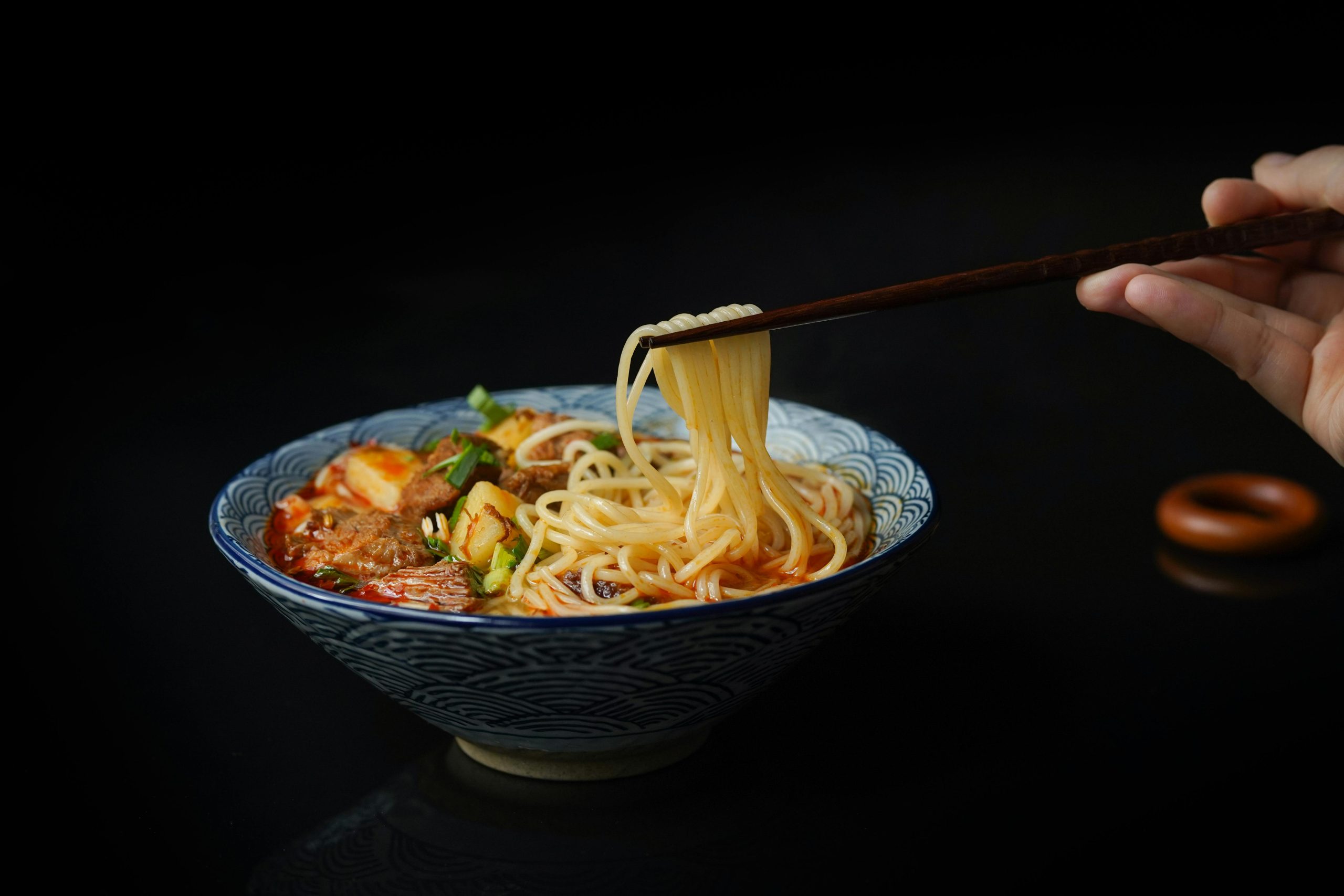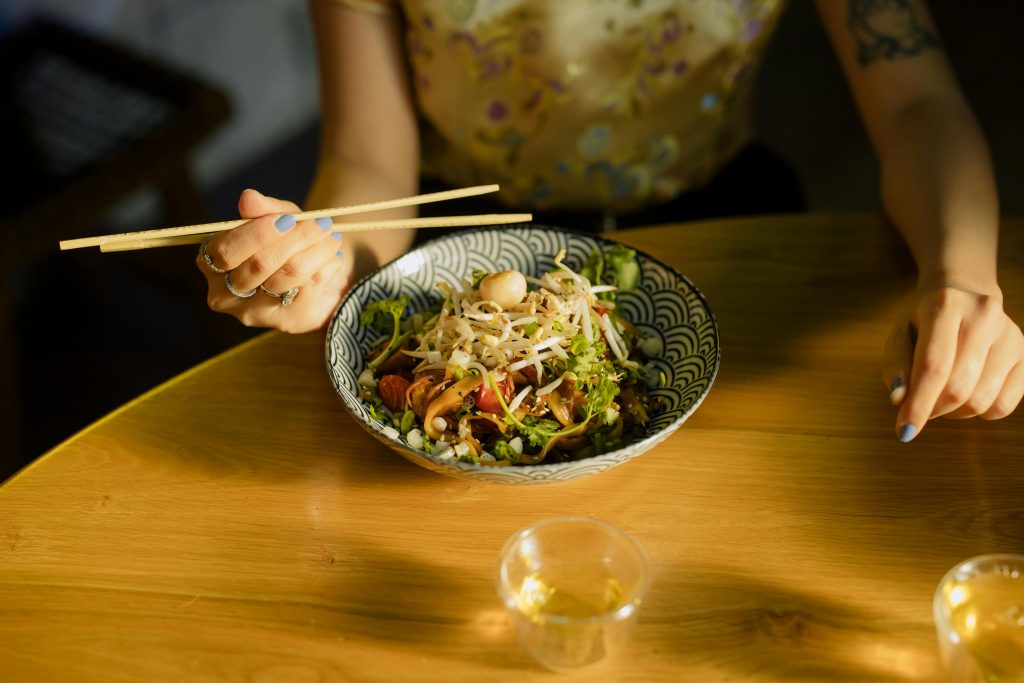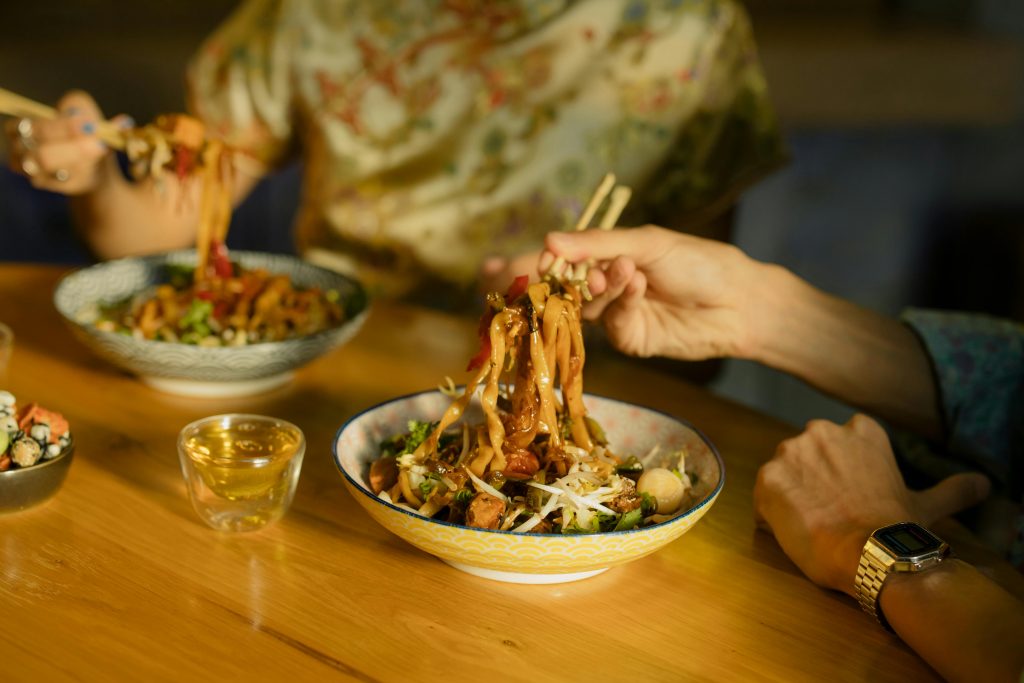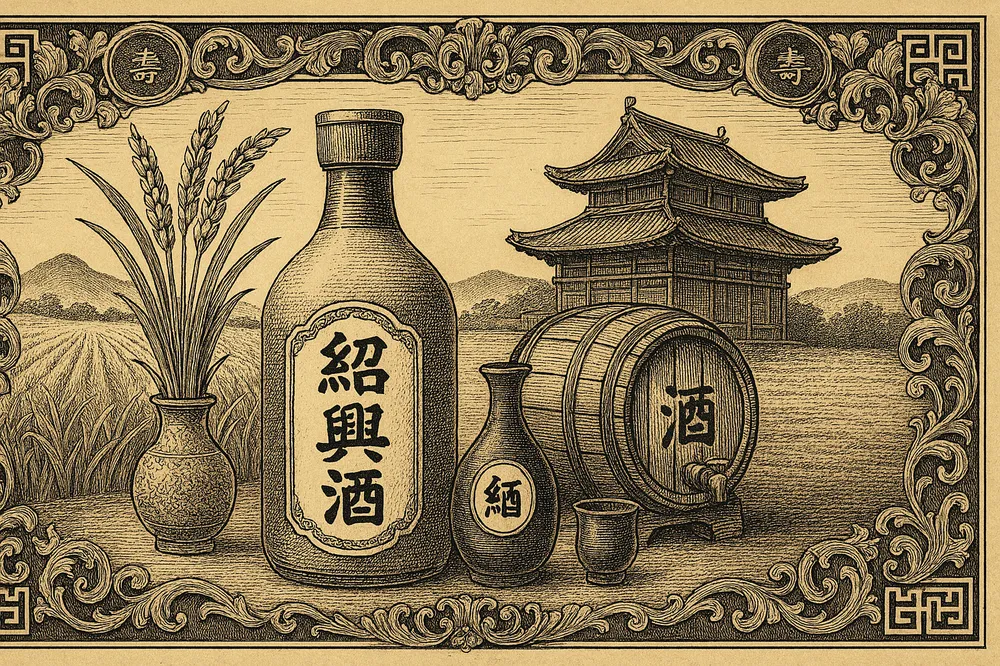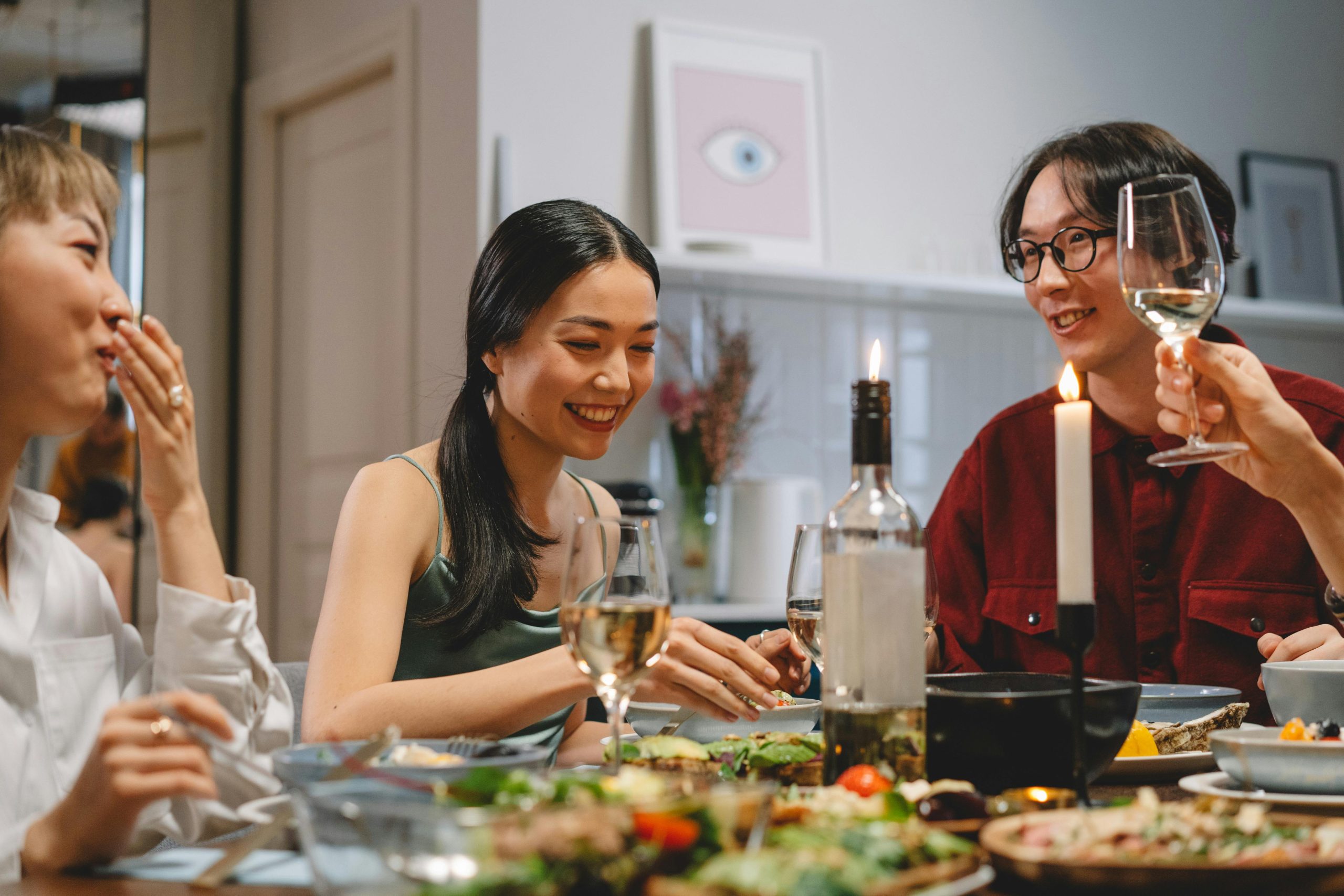
If you cook Chinese food at home, chances are you’ve met Shaoxing wine. It’s the little amber bottle that makes dumpling fillings sing, stir-fries taste restaurant-level, and braises smell like a cozy night market. But is it good for you? Is it gluten-free? Does the alcohol really cook off? And why do some bottles taste… salty?
Let’s unpack the health questions home cooks actually ask—without killing the joy of good food. Along the way, I’ll show you when Shaoxing wine fits beautifully into a healthy kitchen, when to skip it, and how to swap it smartly (with my favorite substitutes here: replacement for Shaoxing wine).
Fast Facts: Shaoxing Wine & Your Health
- What it is: Shaoxing wine is a huangjiu (Chinese rice wine), a brewed wine (not distilled), typically around 14–20% ABV. It’s used both for drinking and for cooking.
- “Cooking Shaoxing” vs “drinking Shaoxing”: Many “cooking” versions are salted by design so shops can sell them without a liquor license. That salt does add sodium to your dish. GovInfottb.gov
- Health halo? Like all alcohol, there’s no proven “safe” level for health; any potential benefits of wine compounds come with trade-offs. Organização Mundial da SaúdeReuters
- Alcohol after cooking: Some alcohol always remains; how much depends on the method and time. Don’t assume it “all cooks off.” jandonline.orgisu.edu
- Gluten? Traditional Shaoxing uses a wheat-based starter (qu)—not reliably gluten-free. ift.onlinelibrary.wiley.comPMC
- Sensitive to sulfites or histamine? As a fermented wine, Shaoxing may contain sulfites and biogenic amines (like many wines and fermented foods). People with sensitivities should take care.
What Exactly Is Shaoxing Wine?
Shaoxing wine (绍兴酒) is a regional style of huangjiu from Zhejiang, China. It’s brewed from rice with a microbial starter called qu (often containing wheat), then aged to develop layered flavors—think nutty, caramel, floral, and a touch of umami. Unlike spirits, huangjiu isn’t distilled; it sits in that wine-like 14–20% ABV range. In short: flavorful, aromatic, and incredibly useful in the kitchen.
Two important labels to notice:
- Drinking Shaoxing (huangjiu): Meant to be sipped (traditionally warmed) and used in cooking.
- Cooking Shaoxing: Deliberately salted (sometimes with coloring) to make it unfit as a beverage—this changes both taste and sodium load.
The Part Everyone Skips: Composition (Why Your Food Tastes Better)
From a cook’s perspective, Shaoxing brings acids, esters, organic acids (like lactic), amino acids, and small peptides that lift aroma, tame off-odors (hello, “de-fish” trick), and round out savory notes. Reviews of huangjiu chemistry consistently show amino acids + flavor volatiles as key drivers of its “restaurant-magic” effect.
There’s also research showing phenolic compounds (antioxidants) in Chinese rice wines contribute to antioxidant capacity; some lab work suggests bioactive components with potential health-related activities. Useful context—but lab or model-system results don’t transform Shaoxing into a “health drink,” and they don’t cancel the risks tied to alcohol itself.
Myth vs. Truth: A Quick Health Table
| Myth | Reality |
|---|---|
| “All the alcohol cooks off.” | Not true. Depending on the method and time, dishes can retain 4–85% of the original alcohol. Simmering longer and cooking uncovered lowers it more; fast stir-fries retain more. |
| “Cooking Shaoxing and drinking Shaoxing are the same.” | Cooking versions are salted (by regulation, often ≥1.5 g salt per 100 mL) to avoid alcohol tax/retail limits. That boosts sodium and alters flavor. Drinking huangjiu is unsalted. |
| “It’s gluten-free.” | Traditional Shaoxing uses wheat-based qu; gluten risk is real. Unless labeled GF by the maker, don’t assume it’s safe for celiac. |
| “Sulfites in wine cause all headaches.” | Sulfites must be labeled at ≥10 ppm in the U.S., and some people are sensitive (asthmatics especially). But many “wine headaches” relate to alcohol itself (and possibly histamine/other amines). |
| “Rice wine is low alcohol.” | It’s wine-strength: typically 14–20% ABV. Treat it with the same respect you’d give sherry or Madeira. |
| “Because it’s ‘traditional,’ it’s automatically healthy.” | Tradition ≠ health claim. Alcohol carries risks; any potential helpful compounds are not a license to drink more. |
Sodium & “Cooking Wine”: What Your Label Isn’t Shouting
If your bottle says “Shaoxing Cooking Wine”, you’re most likely getting added salt. U.S. regulations explicitly allow “salted wine” to be withdrawn free of excise tax as a non-beverage product—provided it’s salty enough. Great for retail logistics, not always great for your sodium goals.
How much sodium are we talking about? Labels vary, but ~150–240 mg sodium per 2 Tbsp is common (brand-dependent). That’s not catastrophic in a big stir-fry, but it adds up—especially if you’re also using soy sauce.
Cook’s tip: If you’re watching sodium, (1) look for unsalted/drinking Shaoxing (huangjiu), or (2) reduce other salty ingredients in the recipe.
So… Is Shaoxing “Good for You”?
Short answer: It’s a culinary tool, not a wellness beverage.
- The WHO now states there’s no known “safe” level of alcohol that avoids health risk. That doesn’t mean one sip is doom; it means risk rises from the first drop, especially for certain cancers.
- Many countries (including Germany) frame “low-risk” intake in small daily grams of pure alcohol (e.g., ~12 g/day for women, ~24 g/day for men) and encourage alcohol-free days. That’s general guidance, not a free pass.
Kitchen reality check: We often use 1–2 Tbsp of Shaoxing for 3–4 portions. That’s a modest per-serving amount—but some alcohol may remain after cooking, and sodium from “cooking wine” versions can be non-trivial.
Potential Upsides (With Realistic Caveats)
- Flavor multiplier = less of other stuff. Shaoxing’s aromatics can help you use less sugar or heavy sauces to make food taste balanced. That’s a culinary—not medical—win.
- Marinade science: Research shows red wine or beer marinades can reduce certain heterocyclic amines (HCAs) formed during high-heat cooking of meats. While those studies weren’t done with Shaoxing specifically, the mechanism (acidic pH, antioxidants, phenolics) suggests a similar direction of effect may apply. Consider this a reasonable inference, not a guaranteed health claim.
- Interesting compounds: Lab and review studies of huangjiu report phenolics and bioactive peptides with antioxidant/ACE-inhibitory activity in vitro. That’s fascinating food science—not clinical proof that drinking Shaoxing improves health outcomes.
Who Should Be Careful (or Skip It)
- Pregnant or trying to conceive: Avoid alcohol (including dishes where alcohol may remain).
- Liver disease, pancreatitis, or alcohol-use risk: Speak with your clinician; recipes with wine may still retain alcohol.
- Gluten-free/celiac: Traditional Shaoxing uses wheat qu; unless a brand certifies GF, choose an alternative.
- Histamine/amine sensitivity: Like many fermented products, wines can contain biogenic amines; reactions vary individually.
- Sulfite sensitivity/asthma: Wines may contain sulfites; in the U.S., they must be disclosed at ≥10 ppm.
- Low-sodium diets: If you’re using salted cooking wine, that sodium counts—check the label and balance other salty ingredients.
(Nothing here is medical advice. If you have a condition or take medication, talk to your clinician about alcohol, even in cooked dishes.)
Smart, Healthy-Minded Ways to Use Shaoxing
1) Use just enough.
Shaoxing is a high-impact seasoning. In most stir-fries, 1–2 Tbsp for 3–4 servings is plenty.
2) Optimize for lower residual alcohol.
If you’re minimizing alcohol in the finished dish:
- Simmer or braise longer (rather than super-fast stir-frying).
- Cook uncovered to let alcohol evaporate.
- Add wine earlier in the cooking so it has time to reduce.
3) Mind the sodium.
If your bottle is “cooking wine,” reduce soy sauce/salty stocks elsewhere—or switch to drinking Shaoxing for less sodium impact.
4) Keep it fresh.
Once opened, cap tightly and store cool and dark; drinking huangjiu benefits from the fridge after opening (like sherry). Salted cooking wines are more shelf-stable but still prefer cool, dark storage.
5) Can kids eat food cooked with it?
Caution is reasonable. Alcohol doesn’t fully vanish; for kids and those avoiding alcohol entirely, use an alternative. isu.edu
Can’t Find It or Avoiding Alcohol? Use These Swaps
I’ve tested and ranked easy, supermarket-friendly options:
Quick idea bank (high-level):
- Dry sherry (best overall flavor kin; watch sodium if using “cooking sherry”).
- Sake + tiny splash of vinegar (brightness + aroma).
- Apple cider vinegar + water + pinch of sugar (zero-alcohol cooking friendly).
- Unsalted chicken stock + a few drops of rice vinegar (for braises, when you just need gentle complexity).
For exact proportions by dish (stir-fry vs braise vs dumpling filling), hop to the guide above.
FAQ You Didn’t Know You Needed
Is Shaoxing wine lower in alcohol than grape wine?
Not necessarily. It’s often wine-strength (14–20% ABV)—similar to fortified styles like sherry.
Is there a measurable health benefit to using Shaoxing?
It’s a flavor benefit. While huangjiu contains phenolics and peptides in lab analyses, alcohol risks don’t disappear. Enjoy it like any culinary wine: lightly and purposefully.
Does Shaoxing contain gluten?
Traditional production uses wheat-based qu, so assume not gluten-free unless the producer says otherwise.
What about sulfites and “wine headaches”?
Wines may contain sulfites (legally declared at ≥10 ppm in the U.S.), and some people are sensitive—especially those with asthma. But many headaches are from alcohol itself or other compounds. ttb.gov
How salty is “cooking Shaoxing”?
Labels vary. Plan on roughly 150–240 mg sodium per 2 Tbsp, and adjust the rest of your seasoning.
What’s the healthiest way to incorporate it?
Use small amounts, let it reduce, balance sodium, and lean on vegetables, lean proteins, and whole grains around it.
A Cook’s Perspective: When Shaoxing Is Worth It
- Dumpling fillings & wontons: A splash lifts pork/chive or shrimp/ginger so much that you can reduce sugar or extra sauces.
- Shaoxing-scented mushrooms or tofu: It adds depth fast—handy for meat-light, veggie-forward dinners.
- Soy-braised chicken, red-cooked tofu, hong shao pork: The wine’s aroma + acidity keep slow braises lively instead of flat.
Use it as a precision tool—a little is transformative.
Bottom Line
Shaoxing wine is a classic for a reason: complex flavor from an ancient brewing craft. Health-wise, treat it like any wine: moderation, smart technique, and context. If you’re avoiding alcohol, gluten, or excess sodium—or simply can’t find a good bottle—your dish can still shine with smart swaps: replacement for Shaoxing wine.
Cook with intention. Season with joy. And let Shaoxing be what it is best at: a small splash that makes a big difference.
